Raymond McGrath Unique standard lamp, commissioned by Mansfield D. Forbes for the Villa Finella, Cambridge circa 1929 Copper, tubular copper, glass. 146 cm (57 1/2 in) high
Provenance Mansfield D. Forbes, Villa Finella, Cambridge, UK, 1929 Arthur Rutter, Sons & Co, Auction held in a marquee at the Villa Finella, Cambridge, UK, 15 July 1936 Private collection, Italy Literature Domus (Milan), no. 35, November 1930, illustrated p. 53 Catalogue Essay Mansfeld Forbes had a lifelong interest in promoting the most progressive forms of art and literature (he had modernised the University’s English curriculum during the early 1920s). It was this impulse which led him to develop the idea of creating a home-cumsalon where all those interested in creating and promoting modern culture could gather, and which, as a setting, should itself be entirely up-to-date. His architect was Raymond McGrath Australian-born, he had come to England in late 1926 to complete his training. He and Forbes met by chance in a tearoom near the British Museum, and he quickly became the older man’s protégé, settling in Cambridge to take a PhD (on theatre architecture), soon abandoned to work on transforming a dark and dowdy early-Victorian villa into the phantasmagorical Finella. Nearly every surface in the house was replaced with synthetic materials, many of very recent invention: new forms of hardened and coloured glass, cellulose paints and lacquers, and variously veneered sheets of plywood (a manufactured wood itself), and Plymax (plywood covered in a thin layer of metal such as aluminium or copper). Two extravagantly framed copper Plymax folding doors formed the centre-piece of the Pinks, the room which housed the lamp. The house’s main salon, its walls were sprayed pink in muroleum paint, the architraves were of black marmorite glass, and doors of clear-lacquered veneered plywood. Features such as this lamp, while they served the obvious purpose of general illumination, accentuating particular design features or creating dramatic efects (a fountain in the garden, for example, was lit at night by a revolving pattern of coloured lights), had a further function, and one perhaps hard to realise today: to serve as a perpetual signifer of the house’s modernity. For the lamp was an electric one, and Finella was powered by electricity throughout; this at a time when a national grid was only just being constructed and gas remained the dominant form of power. The painter Julian Trevelyan a frequent visitor, would later recall how fabulous it seemed to illuminate lights by pressing a switch on the wall. That both the form and function of Finella’s lighting mattered to McGrath and Forbes is evident in their correspondence. McGrath researched manufacturers extensively, favouring the Swedish company Orrefors in particular. The louvred lamp was likely of British manufacture and seems to have appealed to the men for two reasons. Extolling its virtues in a letter of March 1931, Forbes explained how ‘the louvres, pagoda-fashion, are of copper, but can, I fancy, be of chromium or other such steel-white metal.’ He added that the lamp, and the tableversion of it, were also used for the heat they provided (in addition to the Tricity radiators and Ferranti electric fres), costing no more than a farthing an hour at Cambridge rates; a blend of practicality and design consciousness that seems peculiarly British. Elizabeth Darling PhD Senior Lecturer in History of Art Department of History, Philosophy & Religion, Oxford Brookes University Strathdon, ‘Finella’, Country Life, 22 March 1930 Raymond McGrath Twentieth-Century Houses, London, 1934 Raymond McGrath ‘Mansfeld D. Forbes: An Intimate Appreciation’, Architectural Review 79, 1936 Donal O’Donovan, God’s Architect: A Life of Raymond McGrath County Wicklow, 1995 Elizabeth Darling, ‘Finella, Mansfeld Forbes, Raymond McGrath and Modernist Architecture in Britain’, Journal of British Studies 50, January 2011 Read More
Raymond McGrath Unique standard lamp, commissioned by Mansfield D. Forbes for the Villa Finella, Cambridge circa 1929 Copper, tubular copper, glass. 146 cm (57 1/2 in) high
Provenance Mansfield D. Forbes, Villa Finella, Cambridge, UK, 1929 Arthur Rutter, Sons & Co, Auction held in a marquee at the Villa Finella, Cambridge, UK, 15 July 1936 Private collection, Italy Literature Domus (Milan), no. 35, November 1930, illustrated p. 53 Catalogue Essay Mansfeld Forbes had a lifelong interest in promoting the most progressive forms of art and literature (he had modernised the University’s English curriculum during the early 1920s). It was this impulse which led him to develop the idea of creating a home-cumsalon where all those interested in creating and promoting modern culture could gather, and which, as a setting, should itself be entirely up-to-date. His architect was Raymond McGrath Australian-born, he had come to England in late 1926 to complete his training. He and Forbes met by chance in a tearoom near the British Museum, and he quickly became the older man’s protégé, settling in Cambridge to take a PhD (on theatre architecture), soon abandoned to work on transforming a dark and dowdy early-Victorian villa into the phantasmagorical Finella. Nearly every surface in the house was replaced with synthetic materials, many of very recent invention: new forms of hardened and coloured glass, cellulose paints and lacquers, and variously veneered sheets of plywood (a manufactured wood itself), and Plymax (plywood covered in a thin layer of metal such as aluminium or copper). Two extravagantly framed copper Plymax folding doors formed the centre-piece of the Pinks, the room which housed the lamp. The house’s main salon, its walls were sprayed pink in muroleum paint, the architraves were of black marmorite glass, and doors of clear-lacquered veneered plywood. Features such as this lamp, while they served the obvious purpose of general illumination, accentuating particular design features or creating dramatic efects (a fountain in the garden, for example, was lit at night by a revolving pattern of coloured lights), had a further function, and one perhaps hard to realise today: to serve as a perpetual signifer of the house’s modernity. For the lamp was an electric one, and Finella was powered by electricity throughout; this at a time when a national grid was only just being constructed and gas remained the dominant form of power. The painter Julian Trevelyan a frequent visitor, would later recall how fabulous it seemed to illuminate lights by pressing a switch on the wall. That both the form and function of Finella’s lighting mattered to McGrath and Forbes is evident in their correspondence. McGrath researched manufacturers extensively, favouring the Swedish company Orrefors in particular. The louvred lamp was likely of British manufacture and seems to have appealed to the men for two reasons. Extolling its virtues in a letter of March 1931, Forbes explained how ‘the louvres, pagoda-fashion, are of copper, but can, I fancy, be of chromium or other such steel-white metal.’ He added that the lamp, and the tableversion of it, were also used for the heat they provided (in addition to the Tricity radiators and Ferranti electric fres), costing no more than a farthing an hour at Cambridge rates; a blend of practicality and design consciousness that seems peculiarly British. Elizabeth Darling PhD Senior Lecturer in History of Art Department of History, Philosophy & Religion, Oxford Brookes University Strathdon, ‘Finella’, Country Life, 22 March 1930 Raymond McGrath Twentieth-Century Houses, London, 1934 Raymond McGrath ‘Mansfeld D. Forbes: An Intimate Appreciation’, Architectural Review 79, 1936 Donal O’Donovan, God’s Architect: A Life of Raymond McGrath County Wicklow, 1995 Elizabeth Darling, ‘Finella, Mansfeld Forbes, Raymond McGrath and Modernist Architecture in Britain’, Journal of British Studies 50, January 2011 Read More
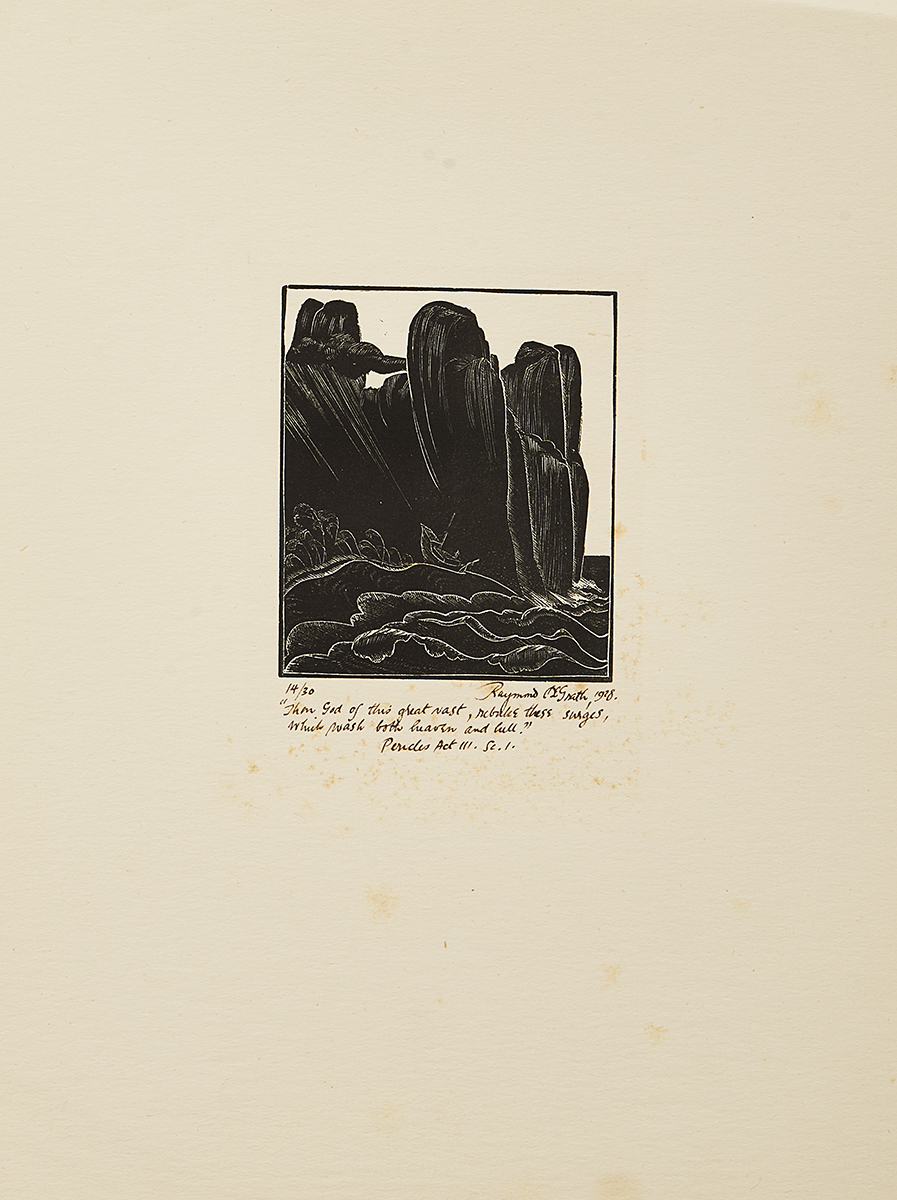
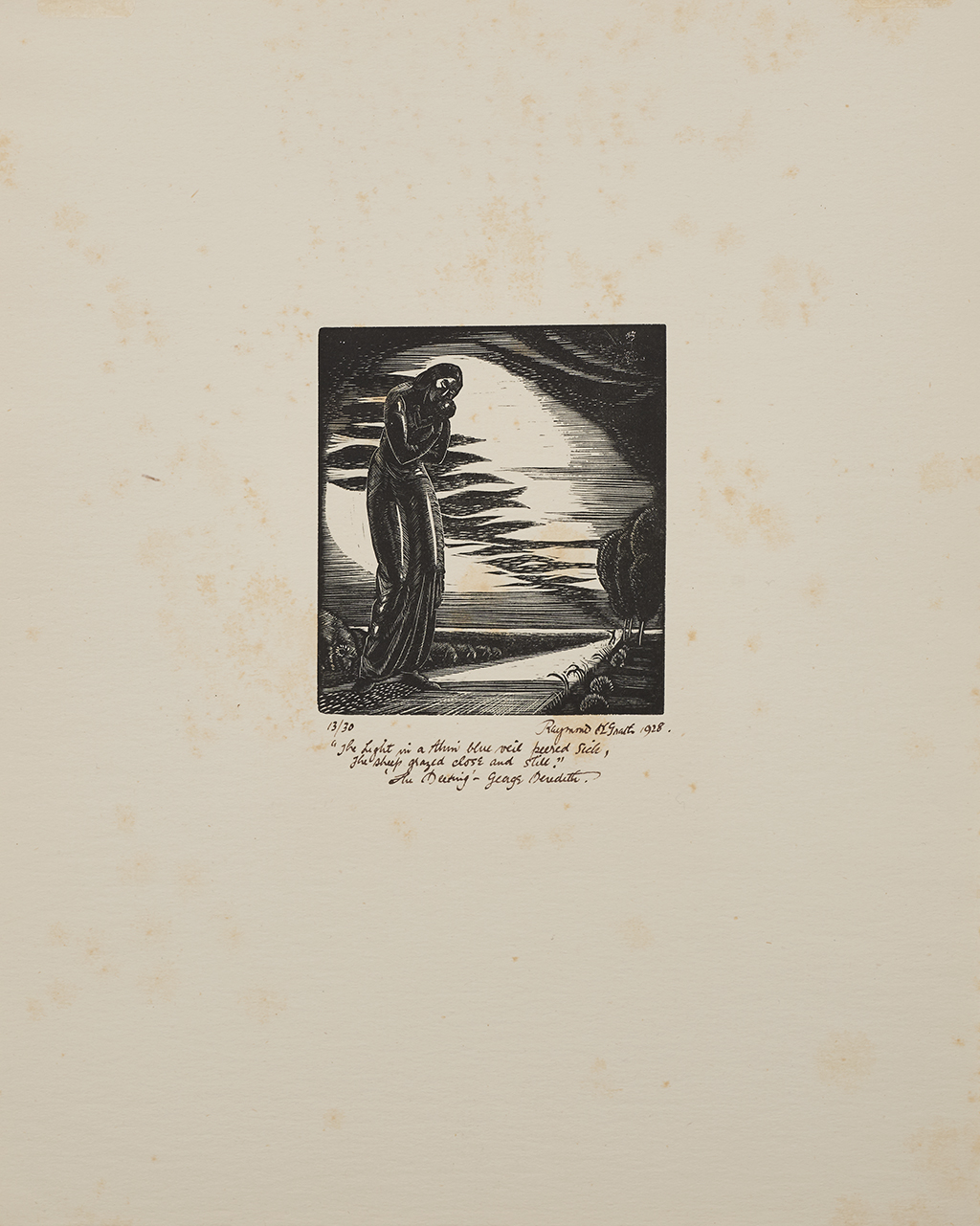





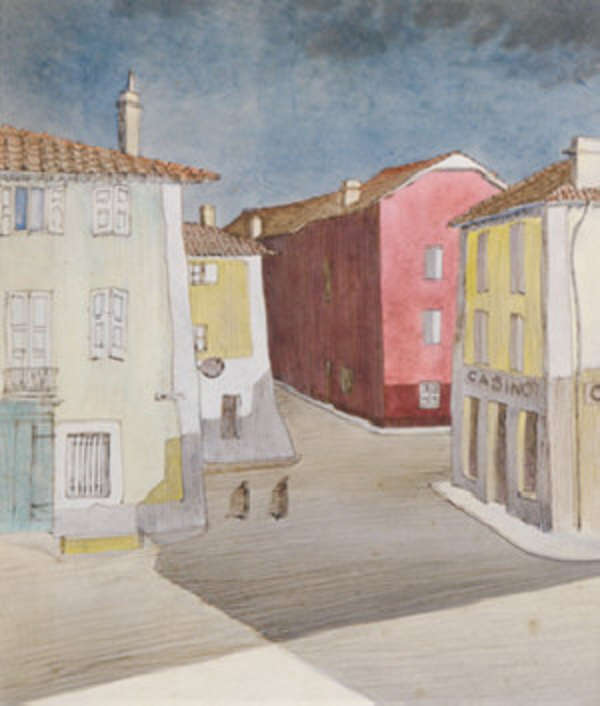
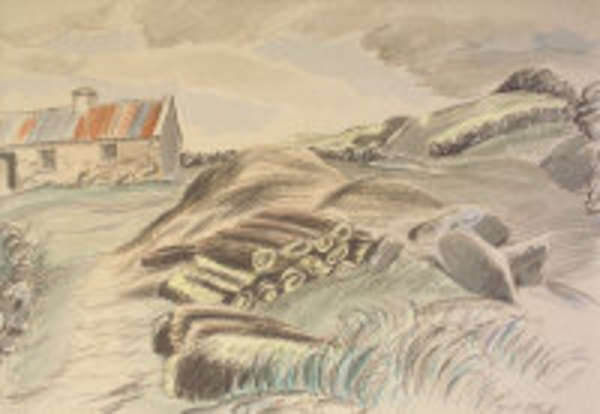

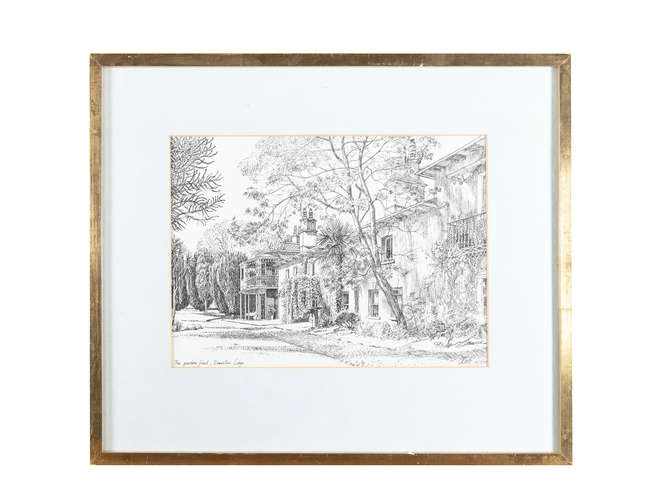

Try LotSearch and its premium features for 7 days - without any costs!
Be notified automatically about new items in upcoming auctions.
Create an alert